
Giving out inspiration. Art Director at Disney TV Animation on #BigCityGreens. Cartoonist. Emmy winner. Dad. Runner. Classic car driver. Minimalist.
How to get URL link on X (Twitter) App


 Spoiler alert. We have this #BigCityGreens episode called Big Trouble where Tilly "goes bad" and wrestles with her internal demons.
Spoiler alert. We have this #BigCityGreens episode called Big Trouble where Tilly "goes bad" and wrestles with her internal demons.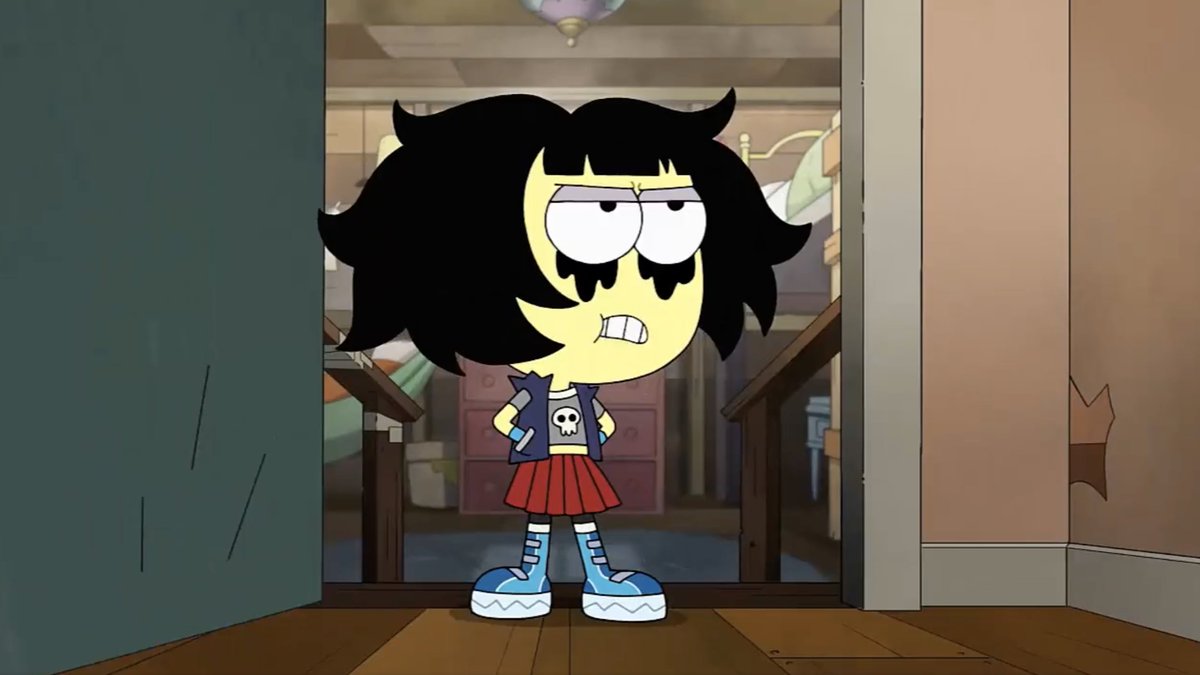


 First, define perspective.
First, define perspective.
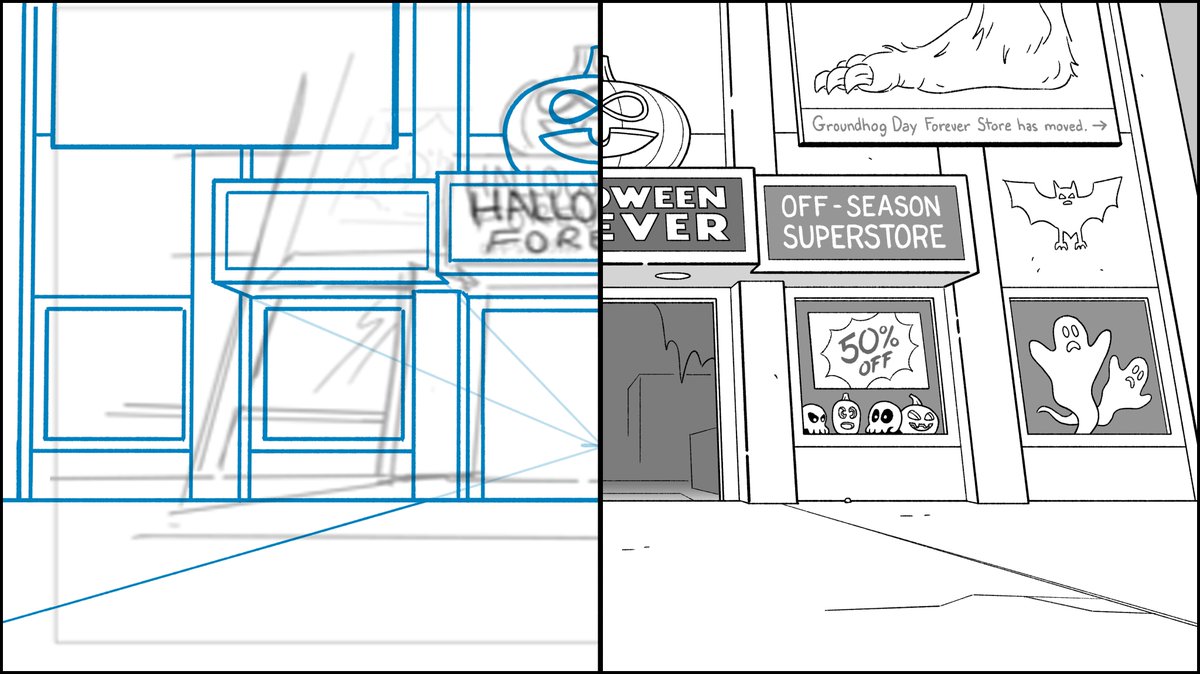
 Since it's October, I chose this shot of a Halloween superstore from #BigCityGreens.
Since it's October, I chose this shot of a Halloween superstore from #BigCityGreens.

 The scene opens with Bambi's mother fully in frame behind some foliage.
The scene opens with Bambi's mother fully in frame behind some foliage.

 I start out with bald heads.
I start out with bald heads.

 I start by planning my perspective over the storyboard panel here.
I start by planning my perspective over the storyboard panel here.

 Start with your rough.
Start with your rough.

 The Affiliates = The Avengers
The Affiliates = The Avengers

 As usual, my context is TV animation but these concepts apply to other art forms.
As usual, my context is TV animation but these concepts apply to other art forms.

 (Twitter aggressively crops these tall pans so click on them to see all.)
(Twitter aggressively crops these tall pans so click on them to see all.)


 What the storyboard intended was to move the camera from the top of a skyscraper to street level with a short diagonal pan.
What the storyboard intended was to move the camera from the top of a skyscraper to street level with a short diagonal pan.




 My context is television animation but this applies to illustration, comics, etc. if you look at this storyboard panel as simply a rough concept regarding the environment.
My context is television animation but this applies to illustration, comics, etc. if you look at this storyboard panel as simply a rough concept regarding the environment.
 Again, starting with the storyboard.
Again, starting with the storyboard.

 This isn't an exact replication of our patio. Artistic liberties were taken:
This isn't an exact replication of our patio. Artistic liberties were taken: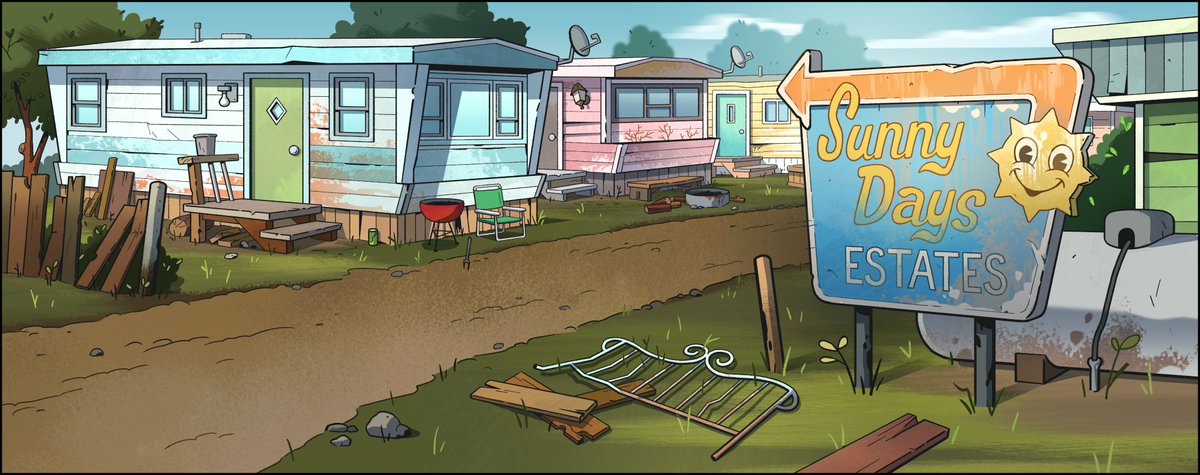
 As a base, let's look at the storyboard. What are the broad story strokes?
As a base, let's look at the storyboard. What are the broad story strokes?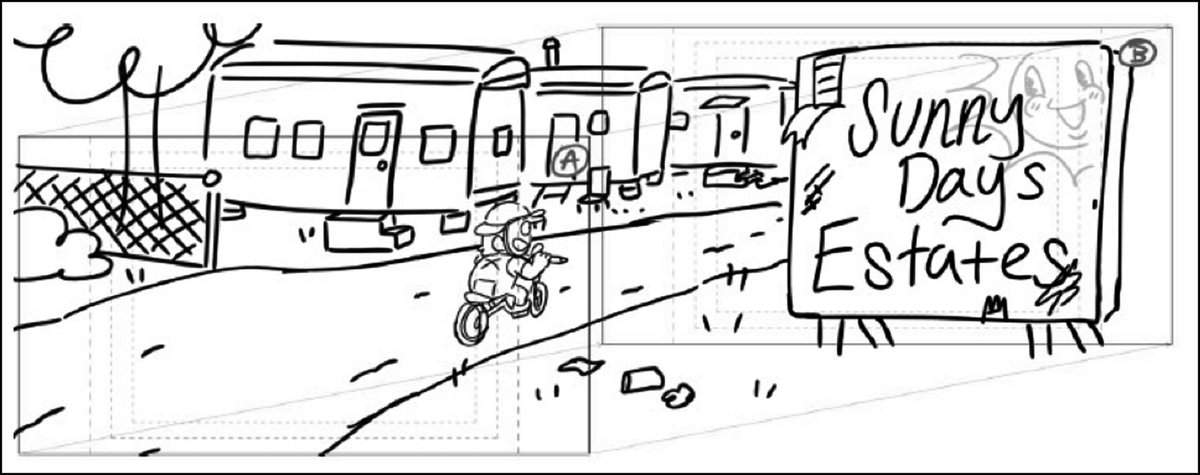


 First, here are the full widescreen shots because Twitter doesn't always crop what I wanted you to see first.
First, here are the full widescreen shots because Twitter doesn't always crop what I wanted you to see first.
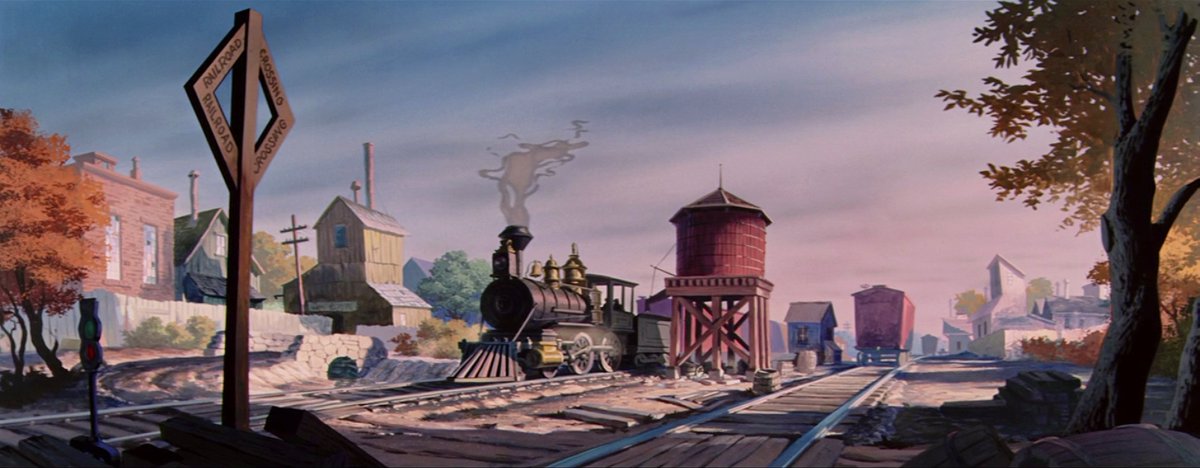
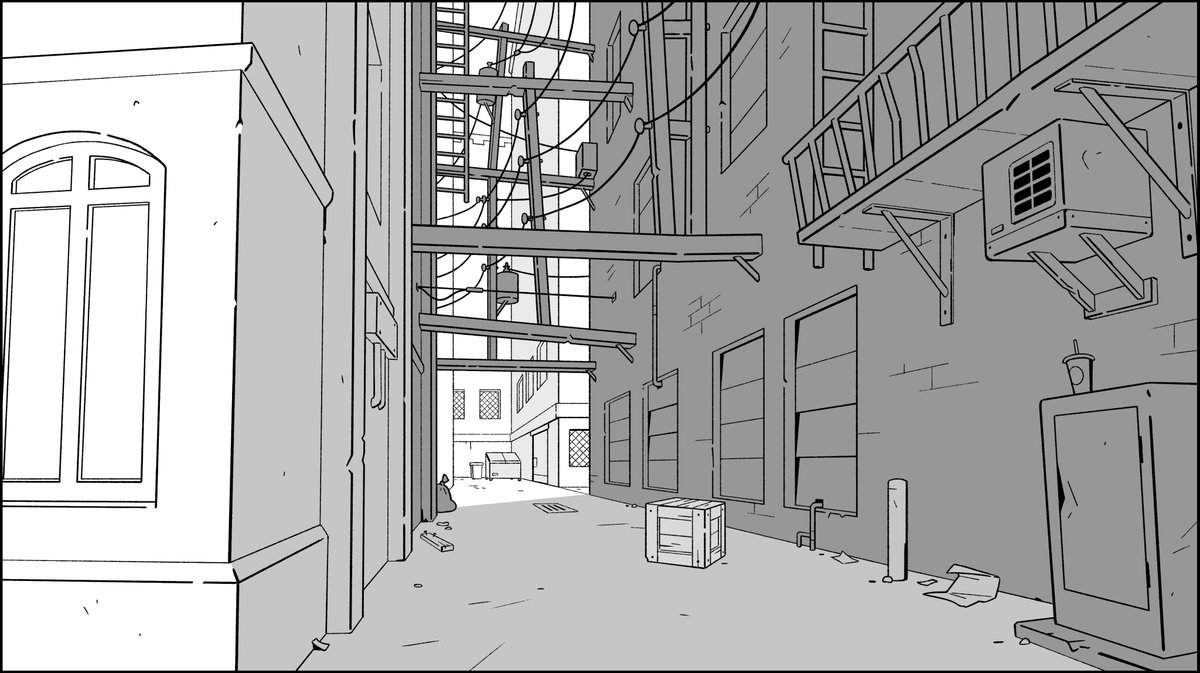
 First, here's the storyboard panel which reused part of a different alley I had once drawn.
First, here's the storyboard panel which reused part of a different alley I had once drawn.

 Let's start with the storyboard which gave me very little to work from, but I understood the path the car needed to make.
Let's start with the storyboard which gave me very little to work from, but I understood the path the car needed to make.

 And early 2000s. I was on Arnold until the very end of production. I think that was December 2001.
And early 2000s. I was on Arnold until the very end of production. I think that was December 2001.